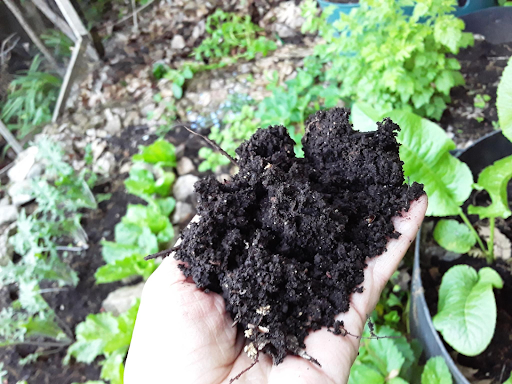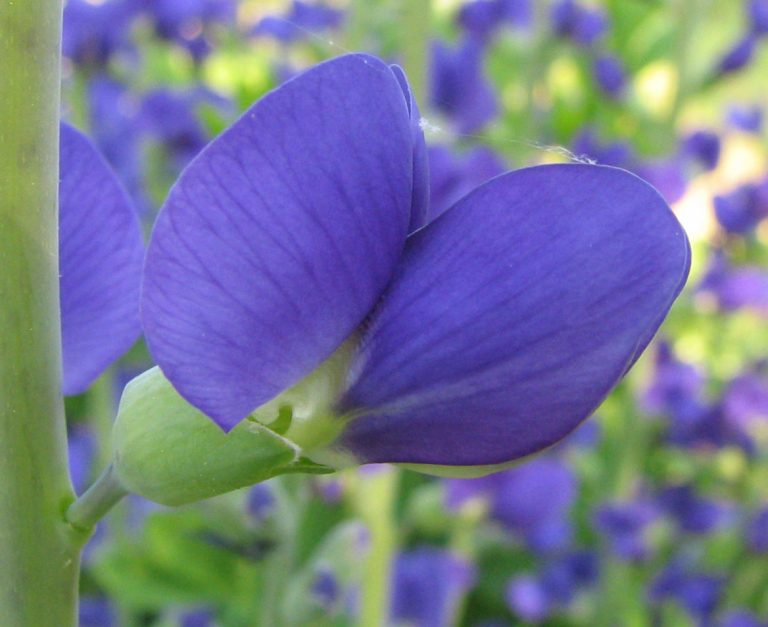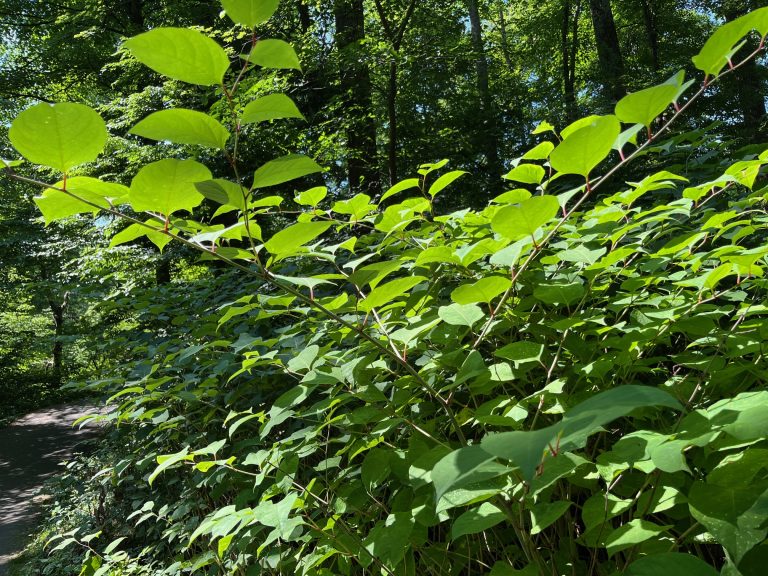A healthy soil is teeming with life; including bacteria, fungi, tiny arthropods, arachnids and countless microorganisms that help break down organic matter and make nutrients readily available to plants. Living soil supports a host of complex relationships which provide structure, fertility, sustainability and protection against pathogens and predators.
Many modern-day practices deplete our life-giving medium (soil), making it difficult to grow healthy and nutritious plants without chemical fertilizers and other harmful substances. By bringing our soils back to life, we can reverse this trend and move toward a healthy planet, populated with healthy plants and people.
Components of healthy soil
The bulk of any soil is of mineral nature—sand, clay and silt—composed of eroded rocks and their various small particles. Other mineral sources include crushed shells and trace metals elements.
Organic matter makes up approximately 5 percent of a decent soil. “Active” organic matter supports life, in that it feeds organisms within the soil. These organisms break organic matter down to release nutrients like nitrogen, phosphorus and potassium which can then be used by plants. The more organic matter, the richer the soil, and the more life it can support.
Decomposed organic matter is called humus. This stable substance gives soil a dark, rich appearance and enhances soil structure and its ability to retain moisture. It is a carbon-rich material, and somewhat acidic, giving it the capability to dissolve minerals in the soil.
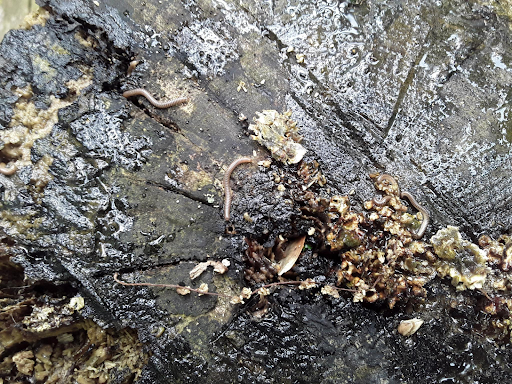
Success
You are now signed up for our newsletter
Success
Check your email to complete sign up
The number of microbes in a third cup of soil exceeds the number of humans on the planet. These bacteria, fungi, and all manner of miniscule creatures engage in countless dynamic relationships that enable soil to provide everything plants need other than sunlight.
A healthy soil also needs water and air, important for sustaining its microorganisms as they work hard to improve the soil.
Important relationships in living soil
Mycelium is an intricate web of microscopic filaments (hyphae) that makes up the vast majority of any fungal body. Hyphae not only work their way into dead organic matter, breaking it down into usable nutrients; mycorrhizal fungi also form relationships with living plant roots.
Ectomycorrhiza entangle plants’ roots, while arbuscular mycorrhiza penetrate the host root. Both create a direct exchange with the roots, help them absorb water and nutrients and enhance their hosts’ immunity.
In exchange for exudates (sugars) secreted from the root, the fungi provide essential nutrients like nitrogen and phosphorus to the plant, stimulate root growth, and even protect against underground nematodes and pathogens.
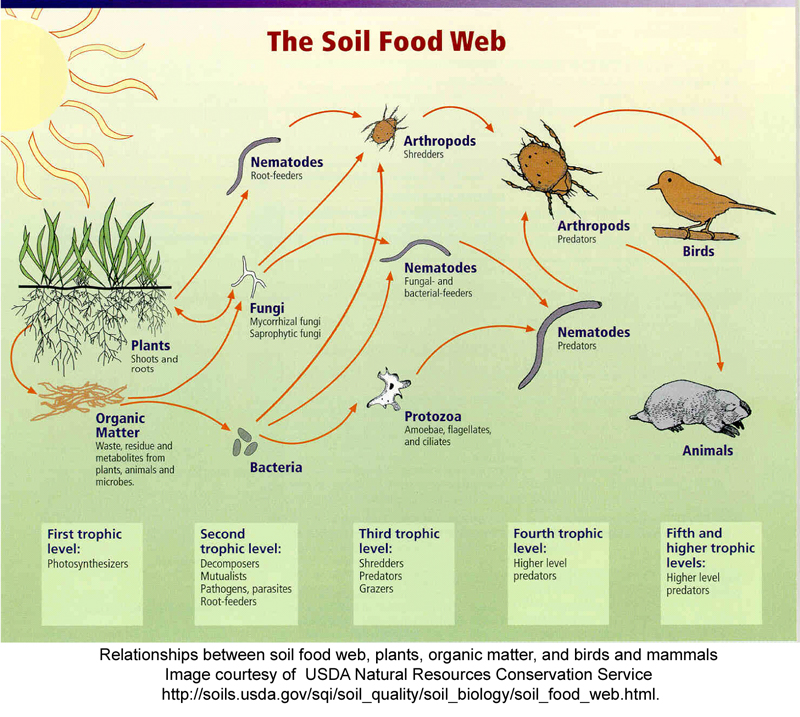
Aside from the mycelial web, there is also a “food web” within the soil. Like any food web, it is fueled by primary producers, i.e. those that use the sun’s energy directly in photosynthesis.
Most organisms living in the soil consume plant matter, other organisms, or waste matter to obtain energy. As organic material is decomposed, nutrients are released and converted into forms usable by plants and other organisms. Plants are naturally dependent on the soil food web for nutrition.
READ ALSO:
How soil becomes damaged or “dead”
Globally, we have become dependent on agricultural practices that destroy our soil.
Tilling is a widespread practice that damages the structure of a healthy soil. When mycelium is broken up, it dies, ending important relationships that are beneficial to plants. When tilling is done on a large scale, heavy machinery compacts the soil, crushing the life out of its vital ecosystem.
Ironically, chemical fertilizers strip the soil of its natural nutrients. Continued use of chemical fertilizers reduces the organic matter, microbial activity, fertility, and nutrients present in the soil. Air, water, and soil are all polluted by the chemicals, and the soil becomes hard and lifeless.
Naturally, when we deplete the soil, our plants suffer. They become more susceptible to infestations and disease and less able to compete with aggressive weeds. The common, but incorrect answer is to apply chemical herbicides, insecticides, and additional fertilizer, which only exacerbates the problem.
According to microbiologist and founder of Soil Foodweb Inc. Dr. Elaine Ingham, “Humans have disturbed the soil food web in almost all of the soils that we manage, causing it to become unbalanced. All these due to the mass use of modern machinery (tilling the land) and the extreme use of chemical nutrients, fertilizers and pesticides which kill the microbial life (beneficial bacteria, fungi, protozoa and nematodes) in the soil.”
Benefits of living soil
Since living soil naturally provides the proper nutrition for plants, and helps protect them from pests and disease; it follows that healthy plants produce healthy products that will not harm their consumers. If we seek to become healthy humans, we need to bring our soil back to life.
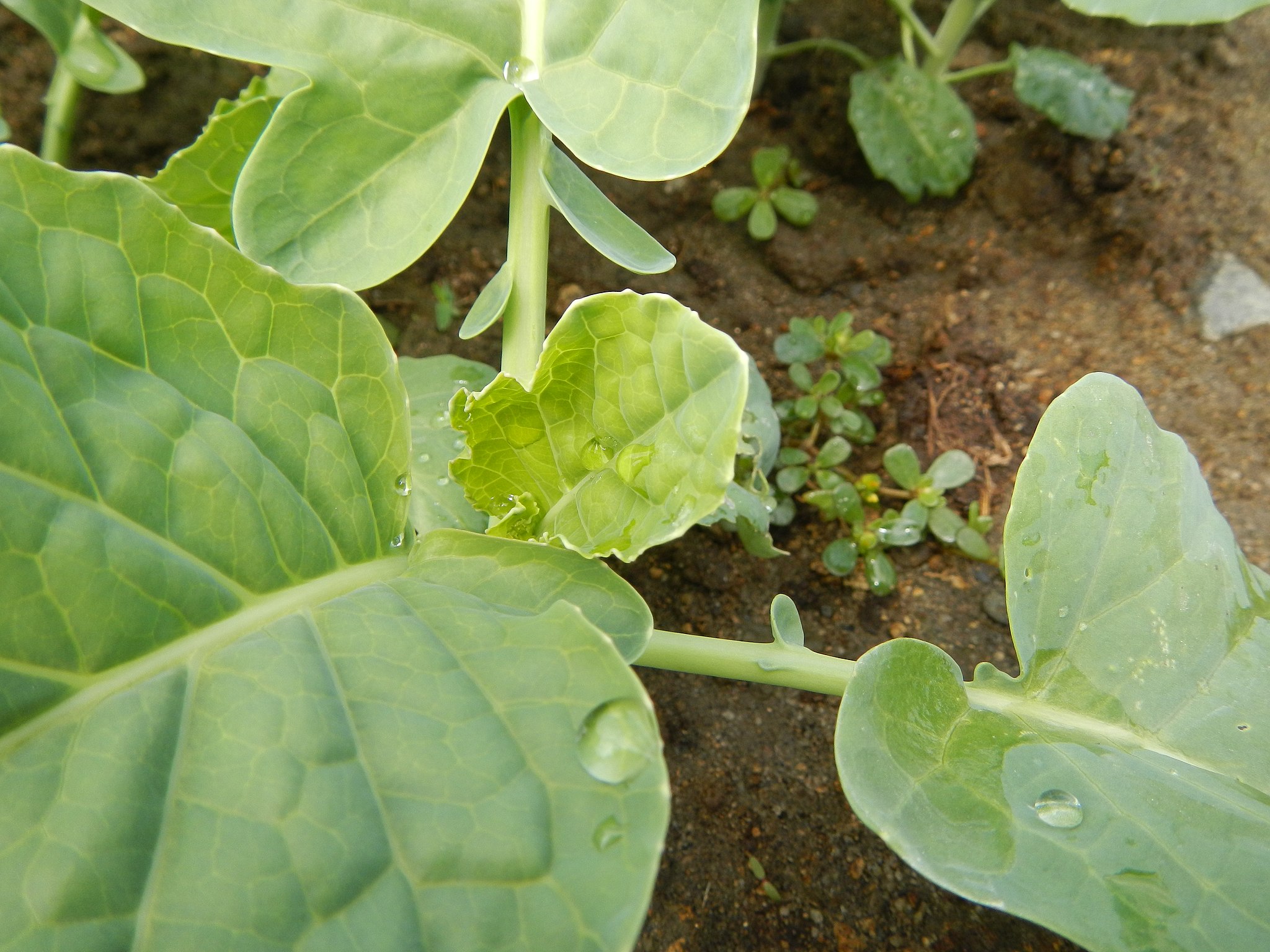
There are additional benefits to a living soil. The complex microbial relationships within the soil give it integrity and structure. Such soil is able to retain and attract moisture and thus requires less irrigation.
Maintaining a living soil is infinitely sustainable and no chemical pollutants are introduced with this system
Simply being in contact with living soil can also enhance the human microbiome, which affects digestion, immunity and overall health.
How to restore life in your soil
Compost
If you are not composting already, start today. It is not as difficult as you imagine. While there are all sorts of recommendations and guidelines for quick and ideal results; it can be as simple as letting your leaves and yard waste sit together in a pile and allowing the microbes to do their work, just like they do in nature.
You will know when your compost is complete, as it will become a rich, dark, soft and crumbly “soil.” It’s okay if things like twigs, eggshells and avocado skins haven’t fully decomposed. Sift them out if it bothers you. Apply your compost liberally to your garden and start another pile.

Manure
Try to get your hands on some manure. If you know someone with horses, goats or rabbits, offer to help clean out their living quarters in exchange for the priceless poo. Horse and cow manure should be composted, but pellets like goat and rabbit manure can be applied directly.
If you are permitted to keep chickens in your municipality, try raising a small flock—not only for amazingly fresh eggs, but also for their potent manure. No space for chooks? Perhaps pigeon breeding would suit you. Their guano is extremely nitrogen rich and a great source of natural fertilizer. Bird manure must be composted before use, both to destroy pathogens and to dilute its strength.
Mulch
Mulching serves multiple purposes. The use of wood chips, bark, straw, or shredded leaves to cover your growing medium inhibits the growth of weeds, retains moisture and feeds your soil. The life in your soil will break down your mulch over time, but that’s a great thing—as it adds organic matter to your soil. Replace mulch as it gets depleted.
Leaves and grass clippings also feed your soil, so it’s good to leave them as much as possible. A layer of leaves will act as a mulch and prevent plants from getting sunlight, so you will want to clear your garden areas, but be sure to incorporate those leaves into the soil elsewhere.
Be gentle with your soil
Avoid tilling and compacting your soil. Chemical fertilizers, herbicides and pesticides will poison your microbial friends; so go natural. Allowing nature to take its course is often the best and most effective way to achieve harmony in your garden. Pests will eventually attract their predators without your intervention.
A super way to add billions of microbes to your soil is with compost tea. This can be made by taking a scoop of finished compost, or a bunch of fresh comfrey leaves or stinging nettle. Allow the organic matter to sit in a barrel or bucket of water for up to two weeks. You will know when it’s ready as it will be a bit bubbly and stinketh veritably. Strain off the liquid and dilute heavily before applying to plants (it can cause burning).
Recipe for living potting soil
If you don’t have a garden but want your potted plants to have the very best, mix up a batch of living soil for them. This will also work for outdoor container growing, and starter mix.
For a small batch, use a 5 gallon bucket for measuring. Use organic materials whenever you have the option.
- ⅓ bucket sphagnum peat moss
- ⅓ bucket organic compost (manure, worm castings, composted leaves – whatever you can get.)
- ⅓ bucket vermiculite or other aeration medium
Additional nutrients are optional and can be added in the following quantities for the recipe above.
- ½ cup kelp meal
- ½ cup neem cake (nutrient-rich pulp left from the extraction of neem oil)
- ½ cup crustacean meal
- 2 cups basalt rock dust
- 1 cup oyster shell flour
- 1 cup gypsum
Mix all the ingredients in a tub. Wearing a face mask will help protect you from particulates as this can be a very dusty operation. Keep the soil moist to ensure a healthy microbial community, and add organic matter to it each year.



